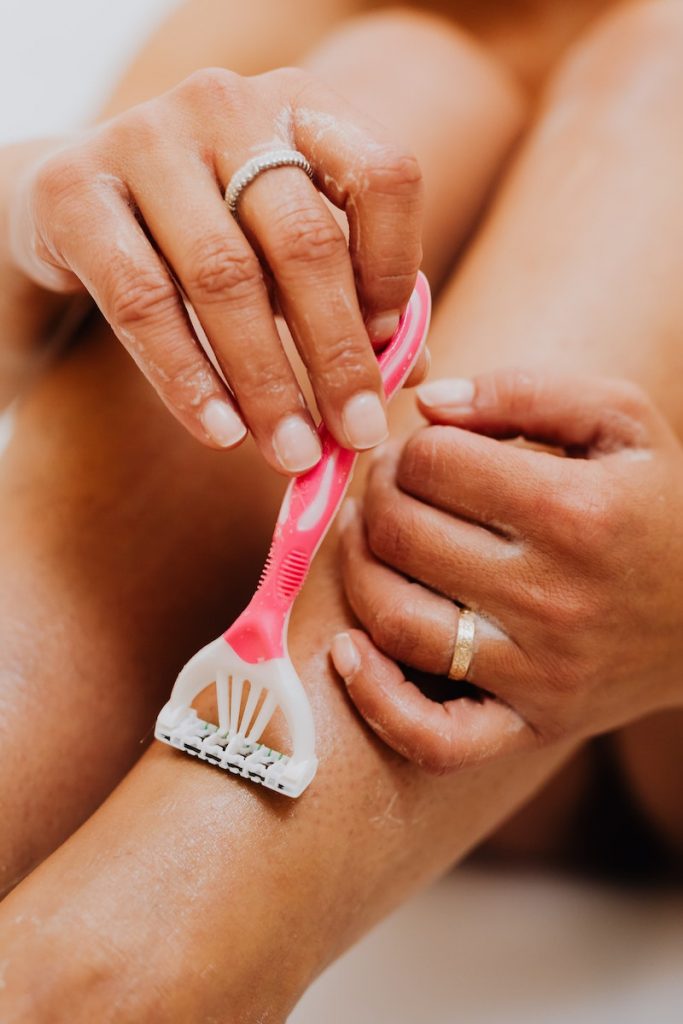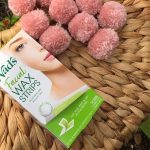Shaving bumps, often recognized as razor bumps or pseudofolliculitis barbae (PFB) in more scientific terms, can be a real bother. They’re not just aesthetically unpleasant, but they can also be sore and itchy. But fret not! This comprehensive guide will help you understand how to get rid of shaving bumps and prevent them from recurring.
Understanding Shaving Bumps
Shaving bumps are small, irritated red bumps that pop up after shaving. They’re caused when hair strands start growing back into the skin, causing inflammation and possibly pustules or papules. These bumps are most common in people with curly hair and are particularly problematic for African-American men, with between 45% and 85% experiencing PFB.
Symptoms
The key symptom of shaving bumps is raised, red pimples or skin irritation. However, they can also cause:
- Itching
- Pain
- Darkening of the skin
- Small papules
- Pustules
Causes
The chief cause of shaving bumps is hair growing back into the skin rather than out of the follicle. This is often due to dead skin blocking the hair from growing straight. The body reacts to these ingrown hairs as it would to foreign bodies – by causing an inflammatory response. This results in inflamed, painful, red bumps.
Home Remedies for Shaving Bumps
Aloe Vera
Known for its soothing properties, aloe vera can help reduce inflammation caused by shaving bumps. Just squeeze the gel directly onto the skin and let it work its magic. For a cooling effect, refrigerate the gel before applying.
Baking Soda Paste
Baking soda paste can provide relief from the itching and inflammation. Just mix one part baking soda with three parts water, apply the paste to the affected area, leave it on for a few minutes, then rinse.
Calendula Cream
Calendula cream can promote collagen production and maintain hydrated skin, thus soothing razor bumps. Apply a thin layer of the cream on the affected area daily until the bumps disappear.
Coconut Oil, Sweet Almond Oil, and Tea Tree Oil
These oils possess anti-inflammatory and antimicrobial properties that can help heal minor wounds and soothe burns, making them excellent for treating razor bumps. Apply a thin layer of the oil to the inflamed area to see results.
Colloidal Oatmeal Bath
Known for its anti-inflammatory properties, a colloidal oatmeal bath can soothe irritated skin. Just soak in the bath for 10-15 minutes once a day to see improvements.
Compresses
Both cold and warm compresses can help soothe irritated skin. A warm compress before shaving can open up your pores and loosen the hairs, reducing the chances of bumps forming.
Hydrocortisone Cream
Hydrocortisone cream is a topical steroid that reduces inflammation and irritation, making it a great option for treating razor bumps. Apply it as directed, usually once or twice a day.
Witch Hazel
Witch hazel is an astringent that contains anti-inflammatory properties. Apply it to the affected area with a cotton pad as needed.
Prevention Techniques
Prevention is always better than cure. Here are some tips to avoid shaving bumps:
Use the Right Tools
Use a sharp, clean razor blade and always use a shaving cream or gel. Dull blades and dry shaving can irritate the skin more, leading to bumps.
Shave in the Right Direction
Shave in the direction of hair growth, not against it. This reduces the chances of hair growing back into the skin.
Exfoliate
Exfoliate your skin before shaving to get rid of dead skin cells that can clog pores and cause hair to grow back into the skin.
Don’t Stretch the Skin
Stretching the skin while shaving can cause the hair to retract back into the skin when released, increasing the risk of shaving bumps.
Rinse with Cold Water
After shaving, rinse the area with cold water to close the pores and prevent dirt and bacteria from entering.
Medical Treatments
If home remedies don’t work and prevention methods fail, you may want to consider medical treatments. A dermatologist can offer treatments such as:
Topical or Oral Antibiotics
These are used to treat any bacterial infection that might be present in the razor bumps.
Retinoid Cream
This helps to remove dead skin cells faster, reducing the risk of ingrown hairs.
Steroid Creams
These reduce inflammation and can help if the razor bumps are particularly painful.
Laser Hair Removal
This is a more permanent solution that destroys the hair follicle, preventing the hair from growing back.
Final Thoughts
Shaving bumps can be an annoying consequence of hair removal, but with the right techniques and treatments, you can get rid of them and prevent them from coming back. If you’re particularly prone to razor bumps, consider alternatives to shaving such as waxing or laser hair removal.
Fighting shaving bumps can be a long process, but with persistence and the right care, you can achieve smooth, bump-free skin. Remember, if home remedies don’t work or if the bumps become painful or infected, it’s important to seek medical help.







